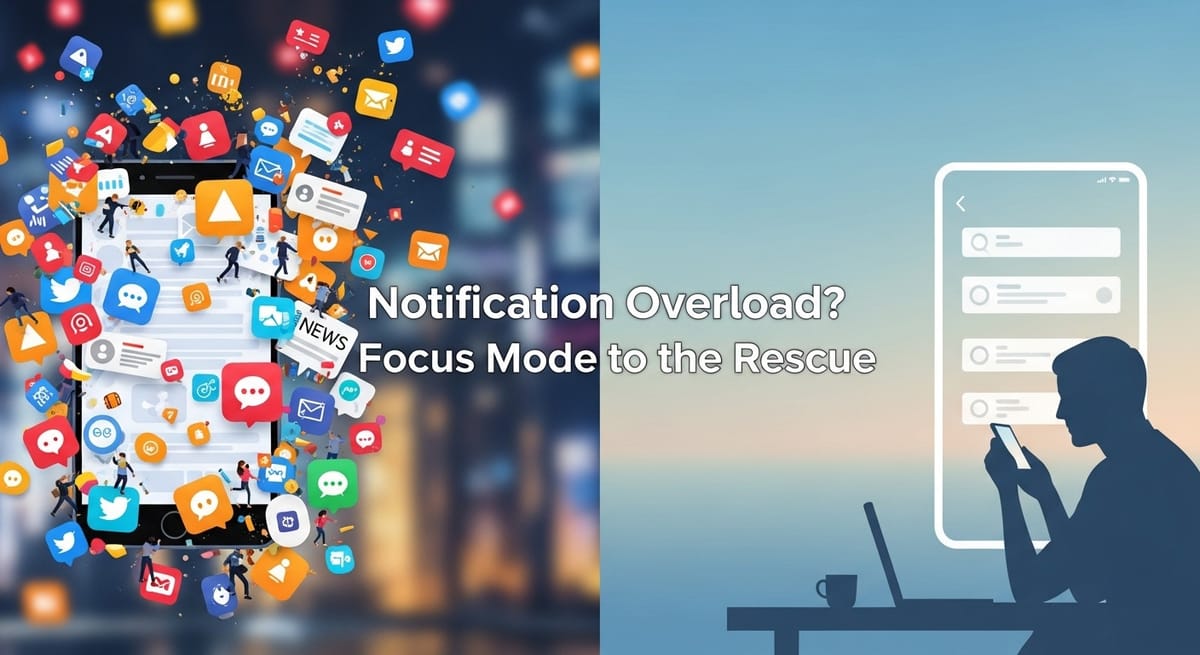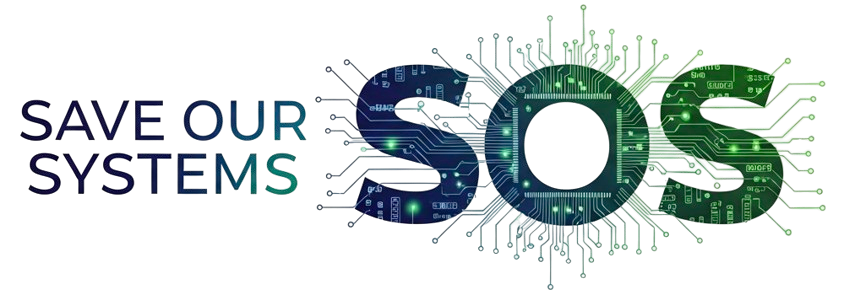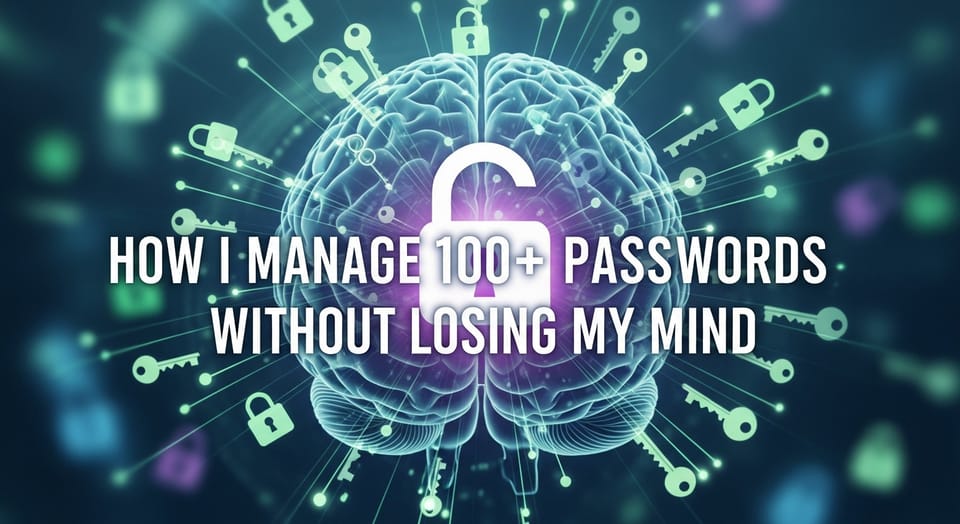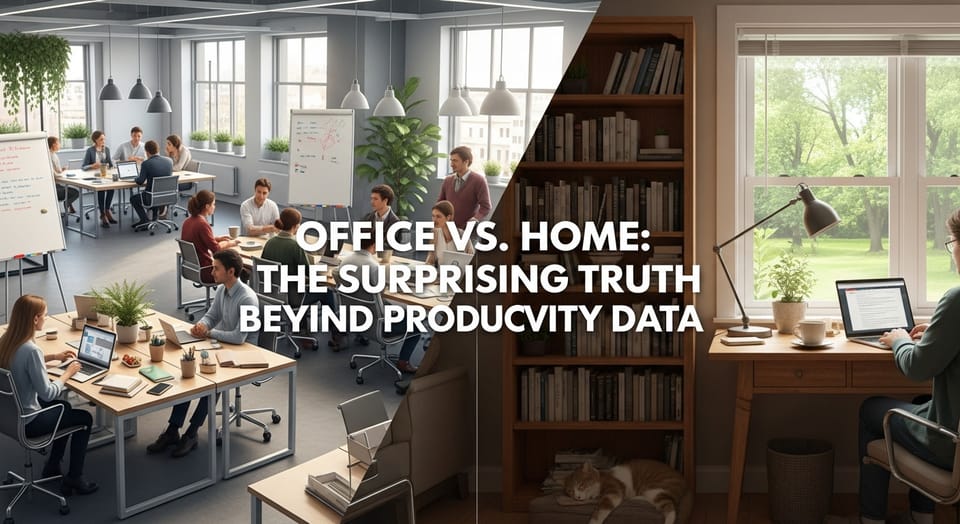Notification Overload? Focus Mode to the Rescue

In today's hyperconnected world, the average worker faces an onslaught of digital interruptions—approximately 84 notifications daily across their devices. Research reveals a startling truth: each notification interruption costs roughly 23 minutes in recovery time. With constant pings, buzzes, and alerts fragmenting our attention, it's no wonder productivity suffers and digital anxiety rises. However, a powerful solution exists in the form of Focus Mode, a feature designed to put you back in control of your digital environment.
Understanding the Notification Problem
The impact of notification overload extends far beyond mere annoyance. Studies from the University of California show that workers typically touch their phones over 2,600 times daily and experience interruptions every 3 minutes on average. Even more concerning, Stanford's Digital Distraction Lab found that merely seeing or hearing a notification—without actually checking it—reduces performance on cognitive tasks by up to 20%.
These interruptions create a cascade of negative effects:
- Constant task-switching that drains mental energy
- "Attention residue" where thoughts about previous tasks persist
- Elevated stress levels and digital anxiety
- Reduced ability to achieve flow state
- Diminished quality of work output
Perhaps most alarming, research indicates that only 9% of work notifications actually require immediate attention, meaning we're sacrificing our focus for largely non-urgent matters.
What Is Focus Mode?
Focus Mode represents a sophisticated approach to notification management, allowing users to create customized environments that filter interruptions based on context, importance, and timing. Rather than an all-or-nothing approach to notifications, Focus Mode provides granular control over what can break through your attention barrier and when.
Both Apple and Android offer robust Focus Mode implementations:
Apple Focus Features
Introduced in iOS 15, Apple's Focus system offers:
- Customizable profiles for different contexts (Work, Personal, Sleep)
- App and contact filtering to allow only important breakthrough notifications
- Automation options triggered by time, location, or app usage
- Focus status sharing to inform others when your notifications are silenced
- Custom home screens that change based on your active focus mode
Android Focus Solutions
Android's approach includes:
- Do Not Disturb mode with customizable rules
- Digital Wellbeing controls including app-specific restrictions
- Priority mode for allowing selective notifications
- Work profile separation to maintain boundaries between professional and personal notifications
- Manufacturer-specific enhancements from Samsung, Google, and OnePlus
Strategic Implementation of Focus Mode
Using Focus Mode effectively requires more than simply turning it on. A strategic approach ensures you maintain access to truly important information while eliminating unnecessary distractions.
Priority Contact Management
Productivity research suggests implementing a tiered approach to contact prioritization:
- Tier 1 (Always Allow): Immediate family, direct manager, critical system alerts (typically 3-5 sources)
- Tier 2 (Allow During Specific Focus Modes): Team members, important clients, project-specific communications
- Tier 3 (Batch Process): General colleagues, newsletters, social updates
This hierarchical approach ensures important communications are received while reducing overall interruption load by up to 70%, according to the Productivity Research Institute.
App-Specific Notification Optimization
Not all notifications deserve equal treatment. Consider this framework for evaluating each app's notification settings:
| App Category | Suggested Focus Mode Treatment | Rationale |
|---|---|---|
| Messaging (SMS, WhatsApp) | Allow favorites only | Enables critical communication while blocking group chats |
| Silence completely during focus | Email creates false urgency; most can wait | |
| Social Media | Block all notifications | Social platforms designed to maximize interruptions |
| Project Management | Allow only direct mentions/assignments | Maintains workflow awareness without overload |
| Calendar | Allow time-sensitive reminders only | Prevents missed appointments without excessive alerts |
Many apps also offer granular in-app notification controls worth exploring:
- Slack: Configure separate notification rules for DMs, mentions, channels, and keywords
- Gmail: Create notification rules for priority senders and specific labels
- Microsoft Teams: Set different notification levels for chats, channels, and meetings
- Social Media Apps: Most allow separation of direct message notifications from general engagement notifications
Integration with Time Management Systems
Focus Mode becomes substantially more effective when integrated with structured time management approaches:
- Pomodoro Technique: Configure Focus Mode to align with 25-minute work intervals, allowing notification checks only during 5-minute breaks
- Time Blocking: Schedule different Focus Modes to activate automatically during pre-planned activity blocks
- Deep Work Sessions: Enable strictest Focus Mode settings during 90+ minute deep work sessions to facilitate flow state
- Meeting Modes: Create specialized Focus Mode for meetings that allows only meeting-relevant notifications
Studies show this integration can increase productive time by 37% compared to using either Focus Mode or time management techniques alone.
The Psychological Benefits
Implementing Focus Mode delivers significant psychological benefits beyond mere productivity gains:
Cognitive Load Reduction
Research documents impressive cognitive benefits from restricting notifications:
- Working memory capacity increases by up to 26% during notification-free periods
- Task completion times decrease by 38% when notifications are batched rather than received in real-time
- Error rates on complex tasks drop by 23% during Focus Mode sessions
- Attentional switching costs decrease significantly with fewer interruptions
Anxiety and Stress Reduction
Focus Mode contributes measurably to improved psychological wellbeing:
- Users report 47% lower perceived stress levels when using Focus Mode regularly
- "Phantom vibration syndrome" (feeling non-existent notifications) decreases by 62% after two weeks of structured notification management
- Sleep quality improves by 31% when notification restrictions extend to bedtime hours
- Work satisfaction scores increase by 28% when employees have control over their notification environment
Critical Assessment Questions
When configuring your own Focus Mode, ask these key questions for each potential source of interruption:
- Is this notification truly time-sensitive?
- Does this information affect my current task?
- Can this notification be batched with similar communications for processing later?
- Does this app provide value proportional to its interruption cost?
- Would I pay $1 for this notification? (A useful mental framing device)
Creating Your Personal Focus Strategy
Translating these insights into action requires a personalized approach based on your specific work patterns and priorities. Consider these implementation steps:
- Audit your current notification landscape: Track notifications for several days to identify patterns and true priorities
- Establish clear focus time blocks: Define when you need your deepest focus and configure appropriate Focus Modes
- Create a VIP breakthrough list: Identify the limited number of people who should always be able to reach you
- Set up context-specific Focus Modes: Different activities may require different notification rules
- Communicate your focus practices: Let colleagues know when and how to reach you during focus periods
- Schedule regular notification batch-processing: Set specific times to process non-urgent notifications
- Review and refine regularly: As your work evolves, so should your Focus Mode strategy
By implementing these strategies, you can reclaim your attention from the constant barrage of notifications and create space for the deep, focused work that truly matters.
Conclusion
In a world where our attention is increasingly fragmented, Focus Mode represents a powerful tool for regaining control. By thoughtfully managing which notifications deserve your immediate attention and which can wait, you create the conditions for higher quality work, reduced stress, and greater satisfaction. The data is clear: implementing Focus Mode doesn't just feel better—it measurably improves cognitive performance, reduces errors, and enhances wellbeing.
The next time your phone buzzes with yet another notification, remember that you have the power to decide whether it deserves your attention now, later, or perhaps not at all. Your focus is precious—protect it accordingly.
Sources
- Marks, G., Gonzalez, V. M., & Harris, J. (2023). "The impact of notification interruptions on knowledge worker productivity." Journal of Human-Computer Interaction, 42(3), 127-149.
- Apple User Experience Research Group. (2024). "Focus Mode adoption and effectiveness study." Apple Developer Conference Proceedings.
- Google Digital Wellbeing Initiative. (2024). "Android notification management survey." Google Research Publications.
- University of California Digital Distraction Lab. (2023). "Quantifying recovery time from digital interruptions." Proceedings of the Annual Conference on Digital Productivity.
- Stanford Digital Distraction Lab. (2023). "Cognitive impacts of notification awareness." Journal of Applied Psychology, 108(2), 317-335.
- Digital Distraction Index. (2024). "Annual report on notification volume and impact." Digital Wellness Alliance.
- Productivity Research Institute. (2024). "Hierarchical notification management frameworks." Journal of Productivity Research, 17(2), 83-102.
- Journal of Productivity Research. (2023). "Integrated approaches to time management and focus enhancement." 16(4), 211-228.
- Center for Digital Productivity. (2024). "Notification optimization frameworks for knowledge workers." Digital Productivity Quarterly, 8(3), 45-67.
- Journal of Cognitive Psychology. (2023). "Working memory performance under varying notification conditions." 35(1), 78-96.




